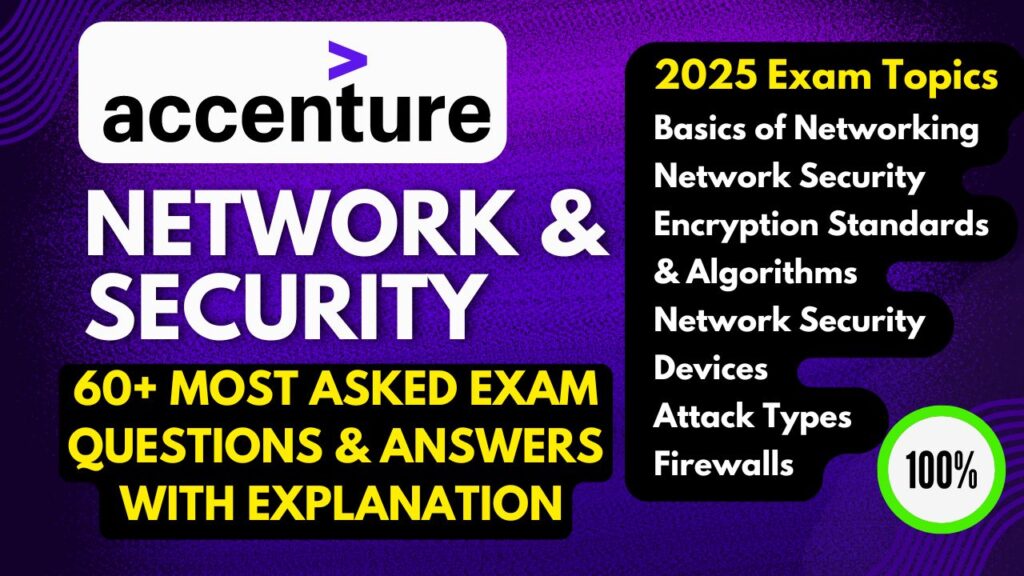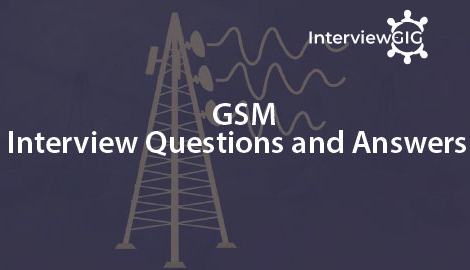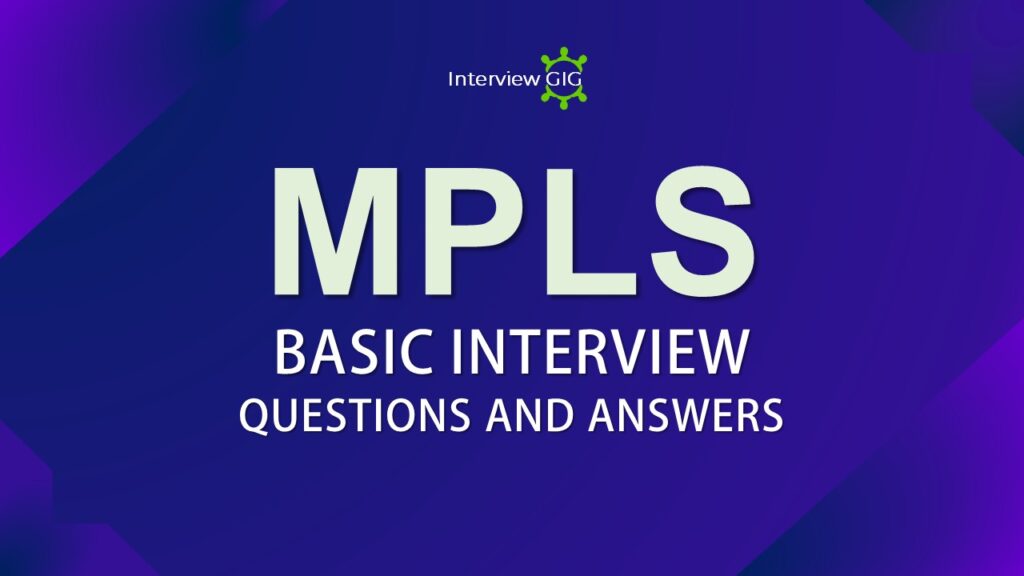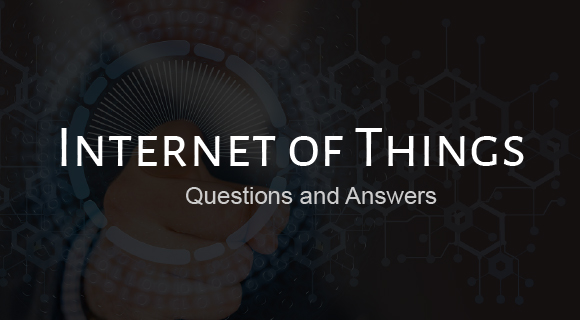What is Active Directory?
Active directory is a domain controller which is use to authenticate and administrate the group of computers, user, server etc. remotely. All the policies and security will be applicable on the client machine which one is join the domain. And all this policies and security is defined in active directory.
What is MCITP?
MCITP stands for Microsoft certified IT Professional .It is a certification validating that an individual can perform a certain job role with a Microsoft technologies. These roles include database administrator and enterprise messaging administrator.
What is DNS?
Domain Name Service/Domain Name System. Provides resolution of name to IP addressing and resolution of IP addresses to names.
What is DHCP?
It gives Addresses automatically to the client who is requesting for an IP address
Centralized IP Address management
DHCP prevent IP address conflict and help conserve the use of client IP Address on the on the network
DHCP reduces the complexity and amount of administrator work by assigning TCP/IP configuration automatically to the clients
What is domain controller?
A Domain controller (DC) is a server that responds to security authentication requests (logging in, checking permissions, etc.) within the Windows Server domain. A domain is a concept introduced in Windows NT whereby a user may be granted access to a number of computer resources with the use of a single username and password combination.
What is LDAP?
Lightweight Directory Access Protocol LDAP is the industry standard directory access protocol, making Active Directory widely accessible to management and query applications. Active Directory supports LDAPv3 and LDAPv2.
What is group policy in active directory? What are Group Policy objects (GPOs)?
Group Policy objects, other than the local Group Policy object, are virtual objects. The policy setting information of a GPO is actually stored in two locations: the Group Policy container and the Group Policy template.
The Group Policy container is an Active Directory container that stores GPO properties, including information on version, GPO status, and a list of components that have settings in the GPO.
The Group Policy template is a folder structure within the file system that stores Administrative Template-based policies, security settings, script files, and information regarding applications that are available for Group Policy Software Installation.
The Group Policy template is located in the system volume folder (Sysvol) in the Policies subfolder for its domain.
What is Directory service?
A directory service is the collection of software and processes that store information about your enterprise, subscribers, or both. An example of a directory service is the Domain Name System (DNS), which is provided by DNS servers
What is Active Directory?
Active Directory is directory service that stores information about objects on a network and makes this information available to users and network administrators.
What is Global Catalog?
The Global Catalog authenticates network user logons and fields inquiries about objects across a forest or tree. Every domain has at least one GC that is hosted on a domain controller. In Windows 2000, there was typically one GC on every site in order to prevent user logon failures across the network.
What is NETDOM?
NETDOM is a command-line tool that allows management of Windows domains and trust relationships. It is used for batch management of trusts, joining computers to domains, verifying trusts, and secure channels.
What is REPADMIN?
REPADMIN.EXE is a command line tool used to monitor and troubleshoot replication on a computer running Windows. This is a command line tool that allows you to view the replication topology as seen from the perspective of each domain controller.
What is LMHOSTS file?
It’s a file stored on a host machine that is used to resolve NetBIOS to specific IP addresses.
What is SYSVOL?
The system volume (SYSVOL) is a special directory on each DC. It is made up of several folders with one being shared and referred to as the SYSVOL share.
What is FSMO?
FSMO stands for Flexible Single Master Operations. The person responsible for managing the infrastructure is called FSMO.
List the 5 FSMO Roles in Active Directory?
The operations master roles, also known as flexible single master operations (FSMO) roles, perform specific tasks within a domain. The five FSMO roles are:
- Schema Master
- Domain naming Master
- Infrastructure Master
- Relative ID (RID) Master
- PDC Emulator
What is tombstone lifetime attribute?
The number of days before a deleted object is removed from the directory services. This assists in removing objects from replicated servers and preventing restores from reintroducing a deleted object. This value is in the Directory Service object in the configuration NIC.
What are Email Protocols?
Most used Email Protocols are
POP3– Post Office Protocol (Outgoing Messages/Incoming Mail server)
IMAP– Internet Message Access Protocol (Outgoing Mail server)
SMTP – Simple Mail Transfer Protocol (Incoming Messages/Incoming Mail Server)
What is POP3? And what are the default IMAP ports?
POP3 stands for Post office Protocol v3. It is a standard mail protocol used to receive emails from a remote server to a local email client. POP3 allows you to download email messages on your local computer and read them even when you are offline.
Default POP3 ports are:
Port 110: default POP3 unencrypted port
Port 995: you need to use if you want to connect using POP3 securely (secure-SSL)
What is IMAP? And what are the default IMAP ports?
IMAP stands for Internet Message Access Protocal.It is a mail protocol used for accessing email on a remote web server from a local client. IMAP and POP3 are the two most commonly used Internet mail protocols for retrieving emails. Both protocols are supported by all modern email clients and web servers.
Default IMAP ports are:
Port 143: default IMAP non-encrypted port
Port 993: you need to use if you want to connect using IMAP securely
What is SMTP? And what are the default SMTP ports?
SMTP stands for Simple Mail Transfer Protocol. It is the standard protocol for sending emails across the Internet.
Defaults SMTP Ports are:
Port 25: Default SMTP non-encrypted port
Port 2525: It is opened on all SiteGround servers in case port 25 is filtered (by your ISP for example) and you want to send non-encrypted emails with SMTP
Port 465: It is used if you want to send messages using SMTP securely
Port 567: secure TLS
What are the Common SMTP ports and Automate bounce handling ports?
Common SMTP ports:
SMTP – port 25 or 2525 or 587
Secure SMTP (SSL / TLS) – port 465 or 25 or 587, 2526 (Elastic Email)
Automate bounce handling (Premium users):
- POP3 – port 110
- IMAP – port 143
- IMAP SSL (IMAPS) – port 993
What is DHCP scope?
DHCP scopes are used to define ranges of addresses from which a DHCP server can assign IP addresses to clients.
/dt_sc_toggle]
Which port does RIP use of TCP?
RIP use port of UDP (not TCP) 520.
What is Bandwidth?
Bandwidth refers to the transmission capacity of a medium. It is a measure of how much volume a transmission channel can handle, and is measured in Kbps.
What are the two protocols used in EtherChannel?
EtherChannels can be negotiated between two switches to provide some dynamic link configuration. Two protocols are available to negotiate bundled links in catalyst switches- PAgP (Port Aggregation Protocol), LACP (Link Aggregation Control Protocol).PAgP can be used only in Cisco devices but LACP can be used in other vendors also.
Could you explain how do you depict an IP address?
It can be done in three possible ways:
Using Dotted-decimal for example: 192.168.0.1
Using Binary For example: 10000010.00111011.01110010.01110011
Using Hexadecimal For example: 82 1E 10 A1
What is the subnet mask of the following IP addresses- 10.0.0.1, 160.1.1.1 and 200.2..2.2?
- 10.0.0.1- 255.0.0.0
- 160.1.1.1- 255.255.0.0
- 200.2.2.2- 255.255.255.0
What is range of the CLASS A and default subnet mask of Class A?
Class A range is 1-126 and default subnet mask is 255.0.0.0
What is the range of CLASS B and default subnet mask of Class B?
Class B range is 128-191 and default subnet mask is 255.255.0.0
What is the range of the Class C and default subnet mask of Class C?
Class C range is 192-223 and default subnet mask is 255.255.255.0
What is the range of the Class D and default subnet mask of Class D?
Class D range is 224- 239 and default subnet mask is Reserved for Multicasting
What is the range of the Class E and default subnet mask of Class E?
Class E range is 240-254 and default subnet mask is Experimental; used for research
Could you explain how do you go to privileged mode? How do you switch back to user mode?
To access privileged mode, you enter the command “enable” on the prompt. In order to get back to user mode, enter the command “disable”





